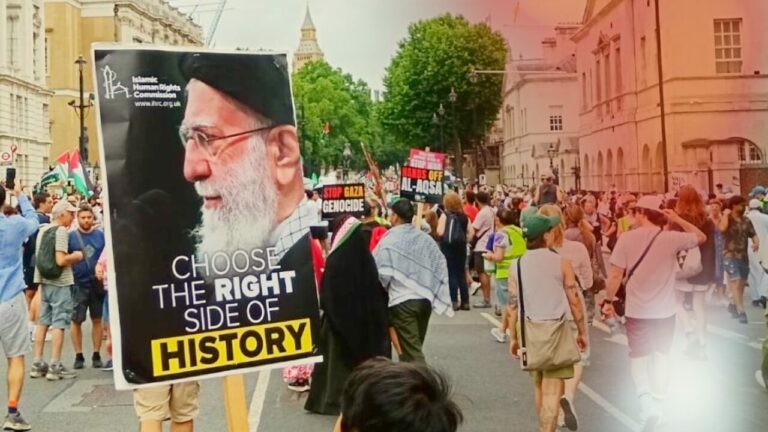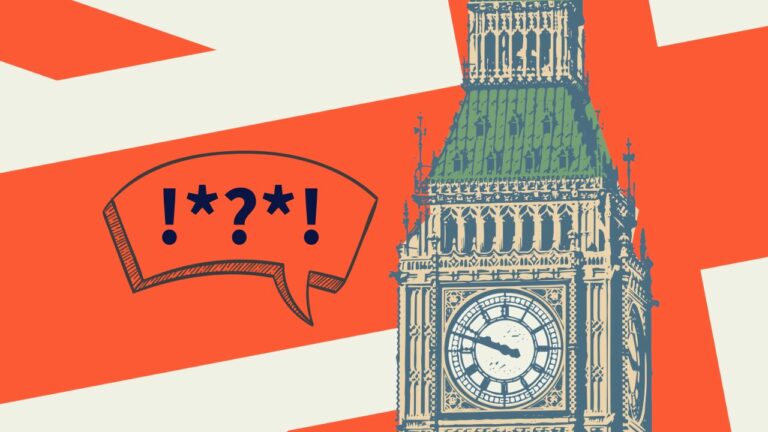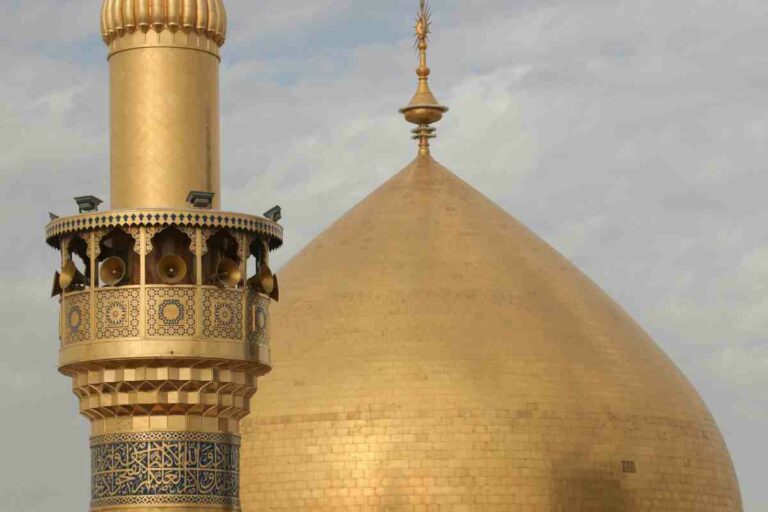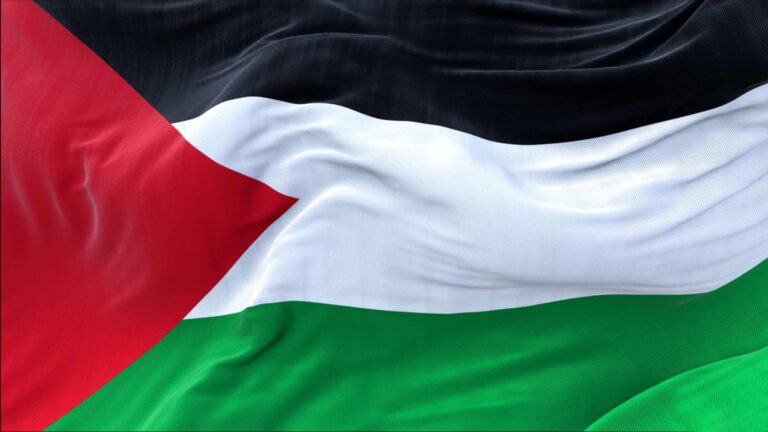Sri Lanka
Submission to the UN Universal Periodic Review
Second session of the UPR Working Group, 5-16 May 2008
In this submission, Islamic Human Rights Commission provides information under sections B, C and D :
- Under section B, Islamic Human Rights Commission (IHRC) gives background information about the conflict in Sri Lanka.
- Under section C, IHRC presents concerns about the attacks on members of religious groups and refugee camps by the Sri Lankan government and the Liberation Tigers of Tamil Eelam (LTTE) and raises concern over the lack of adequate infrastructure to deal with internally displaced Muslims. In addition, IHRC raises concerns about the work of international agencies in terms of distributing humanitarian aid.
- Under section D, IHRC makes a number of recommendations regarding ceasing the plight of the internally displaced Muslims in Sri Lanka.
B. Background
The population of Sri Lanka is ethnically and religiously diverse. Muslims in Sri Lanka are predominantly concentrated in North-eastern regions of the country. From the estimated twenty million inhabitants, seven percent are Muslim with ethnic roots derived from either the Moorish or Malay regions, many are Tamil speakers. In contrast, a disproportionate eighteen percent of Internally Displaced Persons within Sri Lanka are Muslim (Hasbullah, 2007). The ongoing civil war has caused great human rights breaches to many groups; this report considers the deep impact caused by the conflict on the Muslim minorities within Sri Lanka.
As the Preamble to the Ceasefire Agreement states (CPO), Muslims in Sri Lanka are a group affected by the conflict, yet not a direct party involved. Additional reservations exist on the conditions that internally displaced people are forced to survive in, supposedly only temporarily, yet nearly seventeen years on such protracted conditions are unacceptable for a sustained residence.
C. Promotion and protection of human rights on the ground
Attacks on other religious groups
Further, many minorities in different locations have also been affected by the conflict. Tamil Tigers have been known to have targeted Buddhists specifically in lands considered to be Tamil territory. Buddhism is the dominant religion among Sinhalese speakers and attacks have been frequent in Aranthalawa, Ampara in the Eastern regions towards young monks in particular such as the 1987 massacre of 31 monks. Issues raised in such targeting include the contradiction of national ideals emphasising the freedom of religious expression. There have also been recorded attacks on Christians, priests and civilians, by state forces in areas controlled by LTTE such as the attack on a refugee settlement at Padahu Thurai near Illupaikadavai where 16 Tamil Civilian Christians were killed in January 2007 representing the discrimination of innocent people based on religious and ethnic affiliations; if such attacks were deliberate they characterise state-based terrorism.
Displacement of the Muslim Minority and Breaches of Human Rights Law
The Muslim community have been frequently caught in the middle of the conflict, many Muslims in Sri Lanka are Tamil speakers, and populate the Eastern and Northern regions that are the sought territories for Tamil Eelam. The Muslim minorities have increasingly been alienated by government policies and yet they have been deliberately targeted by the armed separatists for their supposed role in the conflict. The government has employed Muslim troops in action against the LTTE during combat operations with allegations of anti-Tamil civilian violence (Uthayam, 2005); an inflammatory allegiance that has said to have angered separatist forces into targeting Muslims to stop them siding with the government In summary, Muslim groups are treated with suspicion by all sides, often through no fault of their own.
Before 1990 Muslims could be found in LTTE forces, but a change in LTTE ideology saw the expulsion of Muslims on ‘ethnic’ and ‘religious’ grounds. The victimisation and alienation of the Muslim community in particular was most strikingly manifested in 1990 when 250 Muslims were killed during prayer in mosques at Kattankudy and Eravur, by the LTTE. Later in 1990, LTTE’s actions against Sri Lankan Muslims culminated, they were responsible for the expulsion and subsequent displacement of 100,000 Muslims (the figures vary depending on the source) from the Jaffna region of northern Sri Lanka. Jaffna was recognised very much as a land belonging to the Tamil Muslim minority, even by the LTTE leader, Prabhakaran (Daily Mirror, 2006), and the deliberately displacing of a population represents a violation of human rights and humanitarian laws. That the land was recognised as very much belonging to the Tamil Muslims in spite of the central government’s historical attempts to colonise the area for Sinhalese groups demonstrates the resilience of the population, and such resilience has perhaps helped them sustain livelihoods in appalling conditions during displacement.
Yet this in no way legitimises the treatment received by the Tamil Muslims. The Tigers arrived in Jaffna ordering all Muslims to leave with little other than a change of clothes. This left all belongings of value to be looted by the armed forces, and resold through Tiger controlled shops producing funds for the continuation of aggression against state forces and the oppression of ethnic and religious minorities.
The severity of the actions taken by the Tigers towards Muslims especially in the Jaffna region, it should be noted, varies according to discourse. Nadesan Satyendra of the Tamil Eelam Liberation Organization describes the actions taken in Jaffna not as forced displacement, but as an ‘evacuation’, and that they will be permitted to return in more peaceful times.
As a result of the forced displacement, or evacuation, thousands of Muslims became Internally Displaced Persons (IDPs). The Internal Displacement Person Monitoring Centre (IDMC) based in Norway estimates that Sri Lanka is now home to some 500,000 IDPs, from a global total of 23.7 million, this is comparable to the numbers in Zimbabwe, Bangladesh and Myanmar. Additionally, many of the displaced Muslims from the forced expulsions in 1990 from Jaffna and Mannar are still to return and can be found in Puttalam, Anuradhapura and Kurunegala (IDMC, 2007). Their situation has become protracted preventing their return and furthering their alienation from the ‘homeland’.
Humanitarian Consequences of Displacement
In 1987, the United Nations High Commission for Refugees called on all parties active in the conflict to respect human rights and humanitarian law (UNHCR, 2007). However the plight of specifically Muslim minorities offers testimony that this has not been respected to date. With over 500,000 IDPs, international agencies struggle to locate many of the ‘refugees’ to deliver the appropriate humanitarian aid that is required. Host societies and environments, such as the Puttalam district are ill-equipped to deal with the influx of migrants. Underdevelopment of peripheral regions limits economic opportunities, meaning IDPs are not self-reliant, often at the mercy of the World Food Program that feeds 90% of refugees in this area (Hasbullah, 2002). The failure to self-sustain their livelihoods not only has physical impacts, but can be psychologically traumatizing due to the vulnerability and insecurity of their situation.
In addition, IHRC has been informed that the support that the Sri Lankan government offers to IDPs lacks the minimum standards for them to be able have basic health, education and accommodation.
Lack of Multilateral Responsibility
The 1951 Geneva Convention, otherwise known as the United Nations Convention Relating to the Status of Refugees, describes a refugee as an individual having crossed the border of nationality or habitual residence and by consequence does not classify internally displaced persons as refugees. However, IDPs suffer from similar issues as do refugees such as a lack of social standing in host communities, often existing with no legal status through lost documentation, and inferior access to resources.
In the past, IDPs have received inferior rights compared to refugees, and their plight is likely to be less internationally scrutinised due to a lack of legal status protecting them from further abuse, such as the Geneva Convention for refugees, the multilateral community is less likely to intervene through a lack of incentive and obligation. There is only a guideline in the form of the UN’s “Guiding principles on Internal Displacement”. In this regard UN Special Rapporteur Bahame Tom Nyanduga on refugees, IPDs and Asylum Seekers in Africa, stated “the absence of a binding international legal regime on internal displacement is a grave lacuna in international law.”
Furthermore, allocating the United Nations High Commission for Refugees as responsible for the plight of IDPs represents a flawed move given the severe budgetary constraints of the UNHCR (there are approximately double the amount of IDPs to refugees in the world (Beyond Intractability, 2007)), coupled with the political accountability to states of the UNHCR for future funding and the unwillingness of states to give up their rights to self-determination especially given that IDPs have not crossed international borders.
D. Recommendations
- The complex interaction of ethnic minority and religious minority relations requires particular sensitivity in any intervention towards voluntary return of Muslim IDPs to the lands from which they were displaced. The removal of Muslims from their homes in Northern and Eastern regions of Sri Lanka has become protracted. To facilitate their ‘homecoming’, IHRC calls on state organisms to act. The state and multilateral agencies must provide rehabilitation and reparations to destroyed villages and communities with particular attention required in the Jaffna region. Where multilateral intervention has been sought by the Muslim community, such as an investigation into the Pottuvil killings of 2006, it was rejected by the government, who were accused of blocking a proposed international independent monitoring project.
- Any rehabilitation efforts must take in the sensitive social relations that the religious minority Muslim group is subjected to. This would involve compensating them for their losses and programmes promoting a smooth re-integration into communities, especially with non-Muslim Tamil groups in the East where ethnic tensions have surfaced, coupled with a change in state discourse framing Muslims as victims of this protracted civil war and not a burden to hosting communities.
- The complex case of the displaced Muslims must be of utmost importance in any peace settlements and, through negotiations, measures to prevent such expulsion reproducing itself should be implemented.
- Parties in any peace negotiations must include the issue of IDPs, including Muslim IDPs as part of the framework of discussion.
- IHRC is aware that protecting and supporting IDPs is not an easy task and there are no existing international obligations that bind states and non-state parties . Therefore, it is the responsibility of the UN to take necessary steps to enact international obligations that would secure rights of the IDPs in general as well as IDP Muslims in Sri Lanka.






